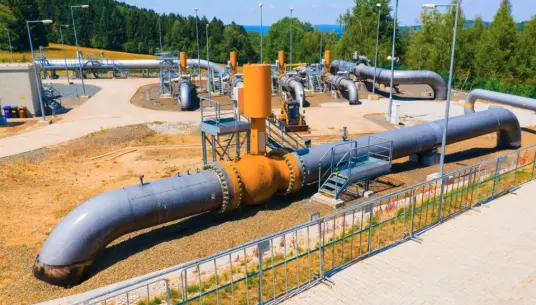Energy - China crude oil imports increase
ICE Brent rallied to its highest levels since late August on Friday, leaving the market in striking distance of US$100/bbl. A weaker USD also provided a boost to oil and the broader commodities complex. It was further unverified reports of China looking to ease its zero-Covid policy which really provided the boost to markets.It appears these reports were nothing more than a rumour, after the National Health Commission said that China will stick to its zero-Covid policy. Unsurprisingly, oil markets opened lower this morning, following these comments.
The latest trade data from China shows that crude oil imports in October averaged 10.2MMbbls/d, up from 9.83MMbbls/d in September and 8.9MMbbls/d in October last year. It is the strongest monthly imports since May, when 10.83MMbbls/d of inflows were seen. Crude oil imports over the first ten months of the year are still down 2.7% YoY to average 9.97MMbbls/d. Demand this year has been largely under pressure due to China’s zero-Covid policy.
The Saudis released their latest official selling prices (OSPs) for December loadings at the end of last week, which saw reductions for almost all grades into Asia. This includes cutting Arab Light into Asia by US$0.40/bbl to US$5.45/bbl over the benchmark. Meanwhile, all grades to the US were left unchanged for the month, whilst all grades into Europe were increased with the exception of Arab Medium which was unchanged.
Speculators appear to have a growing appetite for the oil market. The managed money net long in ICE Brent increased by 22,214 lots over the last reporting week to leave them with a net long of 227,665 lots as of last Tuesday- the largest net long since June. Speculators appear to be getting increasingly constructive on the oil market likely due to the expectation that the market will tighten due to a combination of the EU ban on Russian oil soon coming into effect as well as OPEC+ supply cuts.
Commercial operations have begun at the first stage of the 615Mbbls/d Al-Zour refinery in Kuwait and the refinery could reach full capacity in early 2023. This would leave total Kuwaiti refining capacity at a little over 1.4MMbbls/d. Additional refining capacity would come as a relief to product markets, particularly middle distillates, which have been extremely tight this year.
| 


















































































